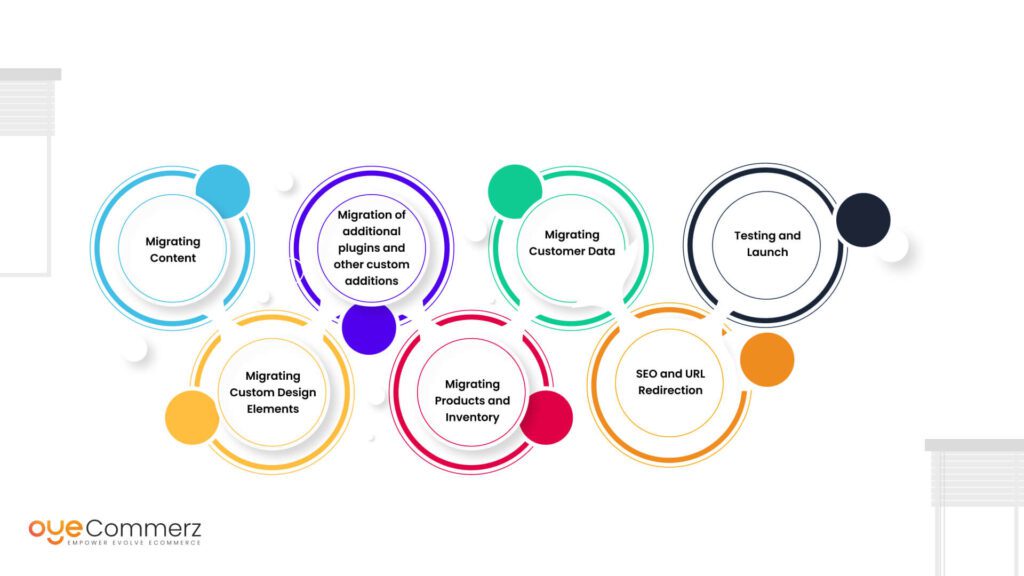In the dynamic sphere of eCommerce, choosing the right platform is crucial for your business's success. If you’re currently using WP and considering a migration to Shopify, you’re not by yourself. Numerous businesses are shifting to take advantage of Shopify’s robust capabilities, user-friendliness, and expandability. This guide will walk you through the process of migrating from WP to this platform smoothly, making sure that you realize your eCommerce potential.
Why Migrate from WP to this platform?
Prior to diving into the migration process, it’s crucial to know why this change can be advantageous for your online store:
User-Friendly Interface: Shopify features an straightforward dashboard that simplifies store handling, allowing for non-technical users.
Scalability: As your business develops, Shopify can handle increased visitors and transactions without compromising efficiency.
All-in-One Solutions: Shopify includes built-in resources for SEO, analytics, payment processing, and additional functionalities, eliminating the need for numerous plugins.
Robust Protection: With Shopify, you benefit from strong security measures that secure confidential customer data.
Steps for a Effortless Migration
Migrating your online store from WP to Shopify includes multiple steps.
Here’s steps to ensure a hassle-free transition:
Outline Your Migration Strategy
Begin by mapping out your migration plan. Identify which aspects of your current site you plan to move, such as:
Item details
User details
Transaction records
Articles
Choose the Best Migration Package
Considering your requirements, select a migration plan that suits your store. Migration experts delivers several plans:
Starter Package: Suitable for compact stores with minimal products.
Standard Migration Package: Suitable for growing businesses with more complex needs.
Advanced Plan: Best for high-volume stores requiring extensive customization.
Secure Your Data
Ahead of initiating the migration, make sure that you have a comprehensive copy of your WordPress site. This action is essential in case anything goes awry during the move.
Retrieve Your Information from WordPress
Leverage extensions or manual methods to transfer key data from your WordPress site:
Items
Users
Sales records
Articles
Upload Information into Shopify
Once you have your content retrieved, use Shopify’s import tools or third-party apps to migrate your content into your Shopify store. Verify that all content is accurately organized and placed.
Customize Your Shopify Site
Once migrating content, customize your Shopify store’s theme to reflect with your business goals. Consider working with a specialist if you want detailed customization.
Configure Checkout Systems and Delivery Settings
Configure billing solutions and delivery choices in Shopify to ensure a smooth checkout experience for customers.
Implement SEO Best Practices
To preserve your online visibility during the change:
Use 301 link updates from old URLs to eCommerce platform transition new ones.
Revise metadata.
Adjust visual content and copy for better ranking.
Evaluate Your Migrated Platform
Ahead of launching, thoroughly test your new store. Check for any errors, transaction errors, or missing data.
Go Live Your Platform
When everything is in ready, it’s the opportunity to publish! Share the update to your clients and encourage them to explore the new offerings of your Shopify store.
Post-Migration Support
Even after publishing your updated store, continued support is essential. Consider engaging professionals who can assist with:
Site maintenance
Marketing strategies
Performance optimization
Conclusion
Migrating from WP to Shopify can be a game-changing move for your eCommerce. By following this guide and working with professional services like those offered by OyeCommerz, you can ensure a seamless transition that improves your digital storefront. Accept the change and realize the built-in Shopify tools advantages of Shopify today!
